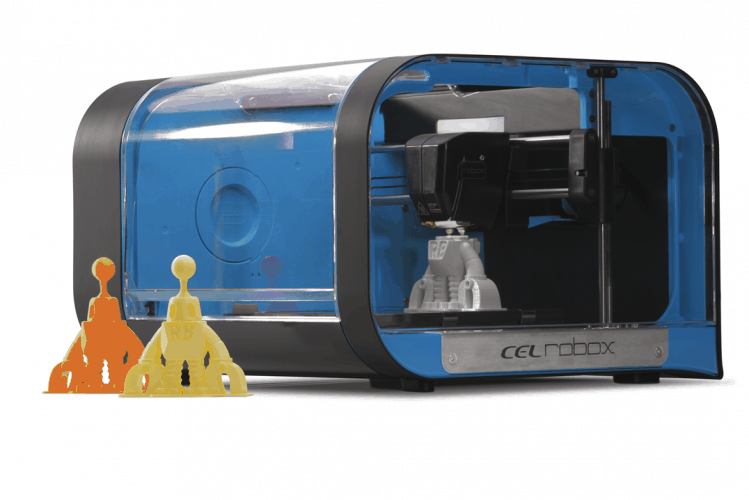Since the economic crash of 2008, politicians of all stripes have been calling for a rebalancing of the economy. Reading between the lines, what they usually mean by this is a move away from financial services and back towards industries which rely more heavily on design and manufacturing; take, for example, one of George Osborne’s first budgets, in which he called for a ‘march of the makers’. Dyson is one such maker, and his businesses are often held up as a shining example of what the UK economy of the future will be based on.

However, politicians are frequently guilty of making a lot of noise about an issue, but not actually focusing on the underlying problem. The next big British innovator will not appear out of thin air – they will have to come from and through a new generation of engaged and inspired young engineers.
Looking at the statistics though, the outlook for the future is not immediately promising. Take for example the number of students taking the Design and Technology A-Level. In just the last two years the number of students opting to take the course has shrunk rapidly from over 15,600 in 2012, to just 13,600 last year (source: DfE). Kids, it seems, are not engaging with design and engineering.
When thinking about how to get kids excited about engineering, I often think back to what got me interested in becoming an engineer and what inspired me to be a maker. In many ways, it came down to a desire to not just accept objects in the world around me as a given, but to constantly think about how I could take them apart and make them even better. I wanted to see how designs could be changed, streamlined, or simply personalised to make them special and unique.
You do not need to look far to see this kind of behaviour characterises many—if not the majority—of children. Take for example the wildly successful Minecraft, which has seen kids around the world gather materials by taking apart the virtual world around them, before using their newly collected materials to create vast, beautiful, and exciting designs. I have seen kids investing months into grand structures, simply so that they can show off innovative designs to their friends. I can imagine that if I were a child today, I too would be glued to my screen playing Minecraft for hours at a time.
Why is it then that this enthusiasm for design fails to carry over into a passion for the engineering profession, or at least the studying of it at school? Perhaps it is the inability to realise these designs and bring them into the real world. If a child is a particularly gifted artist, most parents would try to encourage them by providing them with pencils and paper. However, parents are understandably nervous about giving kids with D&T talent access to circular saws, glue guns, and the rest.
It is here that I think there is a huge potential for easy-to-use consumer-grade 3D printers. As 3D printers become a more commonplace feature in homes and schools up and down the country, we will increasingly reach a point where anyone can become a maker and be inspired to dream up and create their own designs. 3D printers can inspire children to not just accept the world around them as it is, but to look at how they can improve existing objects and designs (one of the most famous and successful ‘improvers’ is, of course, Dyson). They can quickly prototype their own parts and learn why some designs fail while others succeed.
3D printing can play an invaluable role in schools, allowing curious kids to bring their designs to life before their very eyes. This is partly why I believe 3D printers should be easy to use and available to anyone, both students and teachers. We cannot (and should not) expect teachers to become experts in the melting points of plastic overnight. Any teacher should be able to make the most of 3D printing in their classroom, whether they’re technically minded or not. After all, innovative uses of 3D printing can bring maths, science, and English lessons to life, crossing over design and tech into all areas of the syllabus.
Falling participation in A-level courses show that we desperately need to inspire a new generation of child engineers. Children, particularly those with a natural affinity for design, need to have their skills nurtured from a young age. This needs to start from the ground up, particularly in schools.
After all, inspiring a new generation of young makers will benefit us all in the long run, and the UK economy will ultimately reap the rewards through a new boom in manufacturing and exports. Let’s inspire the creative kids of today to become the world leading designers and engineers of tomorrow.




Red Bull makes hydrogen fuel cell play with AVL
Formula 1 is an anachronistic anomaly where its only cutting edge is in engine development. The rules prohibit any real innovation and there would be...